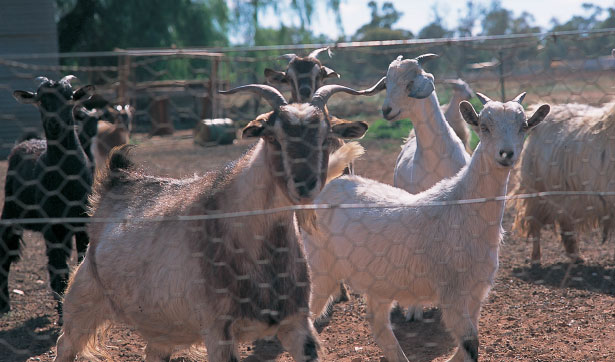
Goatmeat
livestock
Goatmeat
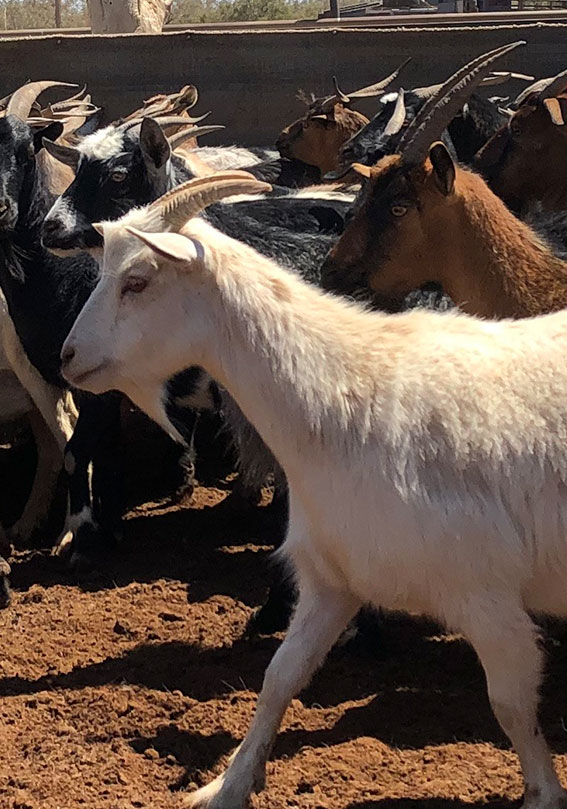
-
Output $8m est. Down 24% yoy
-
Goat prices outstripped lamb and mutton prices
-
US market takes 70% of national exports
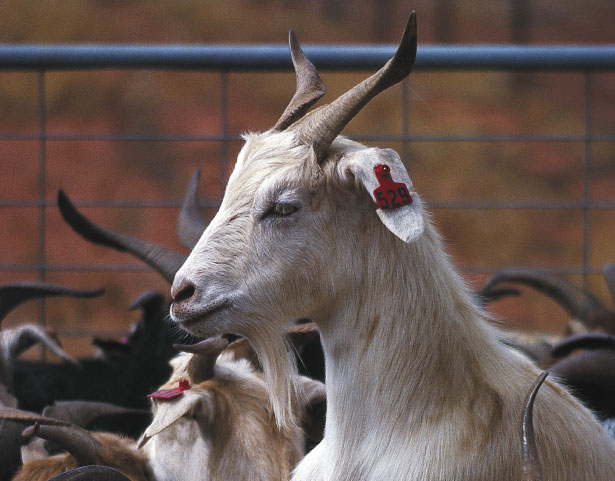
Although official statistics valued the NSW goat industry at approximately $10 million in 2017–18, analysis of supply, slaughter and price data by DPI suggests that the value was closer to $92 million in 2017–18 and $68 million in 2018–19 respectively17, 97, 107, z.
With the majority of the industry based in the western half of NSW, amplified drought conditions took a toll on goat numbers and, in turn, slaughter rates. The reduced supply, along with growing global demand resulted in high goat prices, which helped alleviate on-farm financial impact.
NSW is home to the majority of the national goat herd, although most goat processing and export takes place interstate. Where applicable, the below analysis looks at national data trends, which are underpinned by NSW supply.
Increasing kid numbers to boost profit in goatmeat
NSW DPI, along with MLA and CSU, initiated a project to explore on-farm productivity improvements to boost goat reproductive efficiency and increase supply to meet international demand by growing kid numbers.
By addressing knowledge gaps around factors influencing kid survival and causes of kid loss in goatmeat production systems the project has the capacity to substantially improve kid survival rates, potentially a key profit driver for the goatmeat industry.
Media Release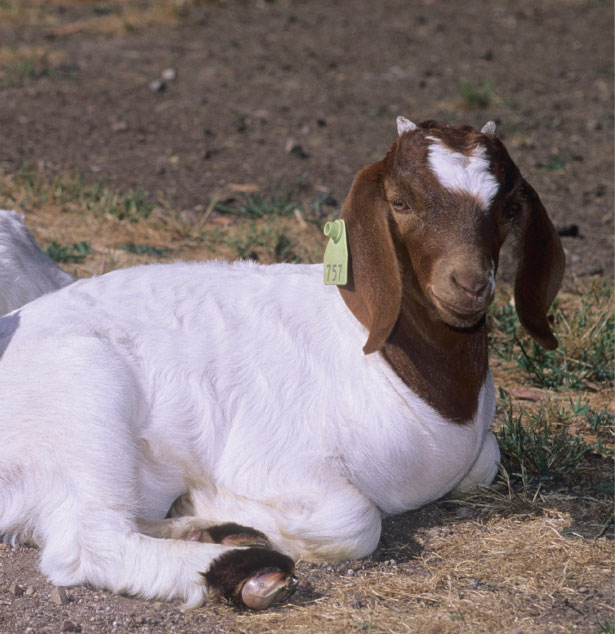
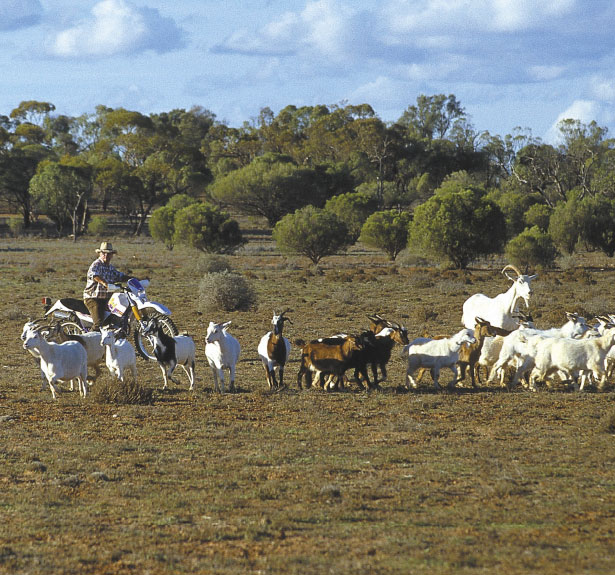
Production
NSW has the largest population of rangeland goats nationally, with the state contributing more than 53% of goat supply for processing over the past three years97.
While the dry conditions amplified production challenges, the NSW goat population had already declined from a peak of 5.8 million head in 2016 (estimated). An aerial survey in 2019 estimated the herd at 3.9 million head, a 33% decline from the peak113. The reduced goat population was reflected in an estimated 31% year-on-year drop in national slaughter levels97.
A range of factors have contributed to lower population numbers, including lack of feed, total grazing pressure leading to high mortality, high prices leading to over or opportunistic harvesting, and on-farm management practices. The industry is actively looking to address these challenges with improved monitoring and education programs under way.
Price
Goat prices spent most of the previous year within a consistent range, however they started 2018–19 with a steady rally that has gathered momentum. Gradual price gains were achieved almost weekly until May 2019 when supply shortages, combined with strong demand from the US market, meant overwhelming support for prices. As a result, goat prices jumped to record levels of 940 cents per kilogram carcase weight, a 106% increase from the lows of October 2017107, with some contracts offered for as much as $10 per kilogram carcase weight. Consequently, goat price indicators surpassed the strong lamb prices for the second time in three years38.
Goat and sheepmeat prices
- NSW medium trade lamb (OTH)
- NSW medium mutton (18-24kg OTH)
- National goat (16.1-20kg OTH)
Trade
Exports of goat and goatmeat from NSW ports are limited as the majority of NSW goats are transported interstate for processing and export. National goat exports are centred on the US market, where approximately 70% of exports are destined87.
Although national exports declined 21% to $178 million in 2018–19 due to lower supply, recent years have seen significant export market growth. When comparing the latest three-year average export earnings to the corresponding period 10 years prior, national exports have seen massive growth in all major markets except Malaysia.
This was headlined by 278% growth in exports to the US and 1256% growth in exports to South Korea over this period.
Goatmeat underpins the market, making up 96% of the total export value. The balance is live goat exports, which tend to be directed to Malaysian, Chinese and Indonesian markets.
National goat and goatmeat export markets
- USA
- Taiwan
- South Korea
- Canada
- Trinidad & Tobago
- China
- Japan
- Malaysia
- Hong Kong
- Other
Macroeconomic Conditions
China is the world’s largest producer of goatmeat (2.3 million tonnes). Australia contributes less than 1% of global production (just 33,000 tonnes), however is the largest exporter of goatmeat globally, with over 28,000 tonnes exported (85% of production)155.
Ongoing trade disputes between the US and China, as well as China’s current outbreak of African swine fever, have created an opportunity for growth in exports of alternative proteins to China.
Exports to China in 2018–19 indicate there has likely been some response to these factors.
Goatmeat in the US has traditionally been consumed by specific communities and marketed as a bulk commodity staple (eg. carcases). Demand from mainstream consumers has meant value added cuts of branded goatmeat are now making ground38.
2017 global goatmeat production
2017 global goatmeat exports
Outlook
The goat industry is currently going through a challenging but optimistic time with drought amplifying supply issues, offset by growing demand for the product, which has been demonstrated over a prolonged period. Production challenges are being overcome slowly but steadily, with a growth in on-farm investment and the development of industry knowledge.
Demand from the US market is expected to grow as product accessibility, marketing and consumer awareness improve38.
